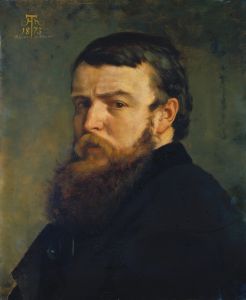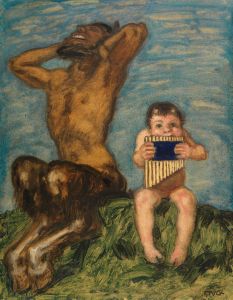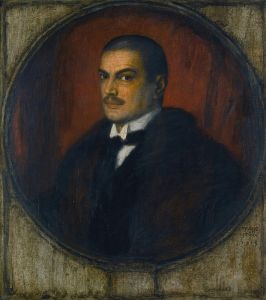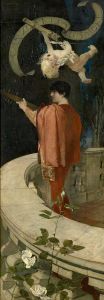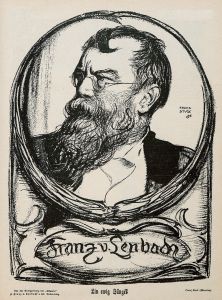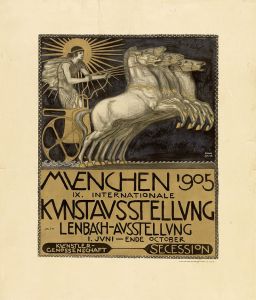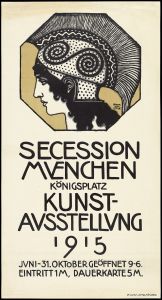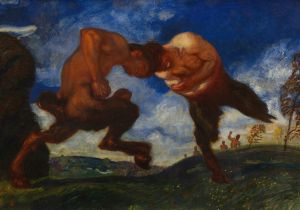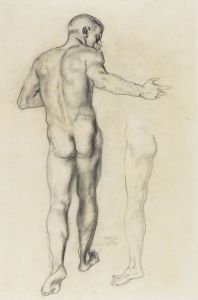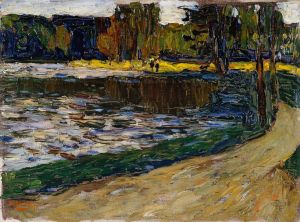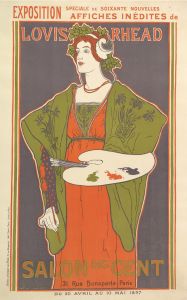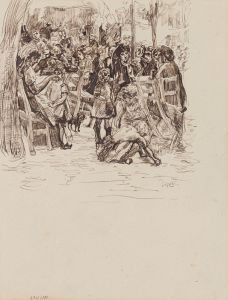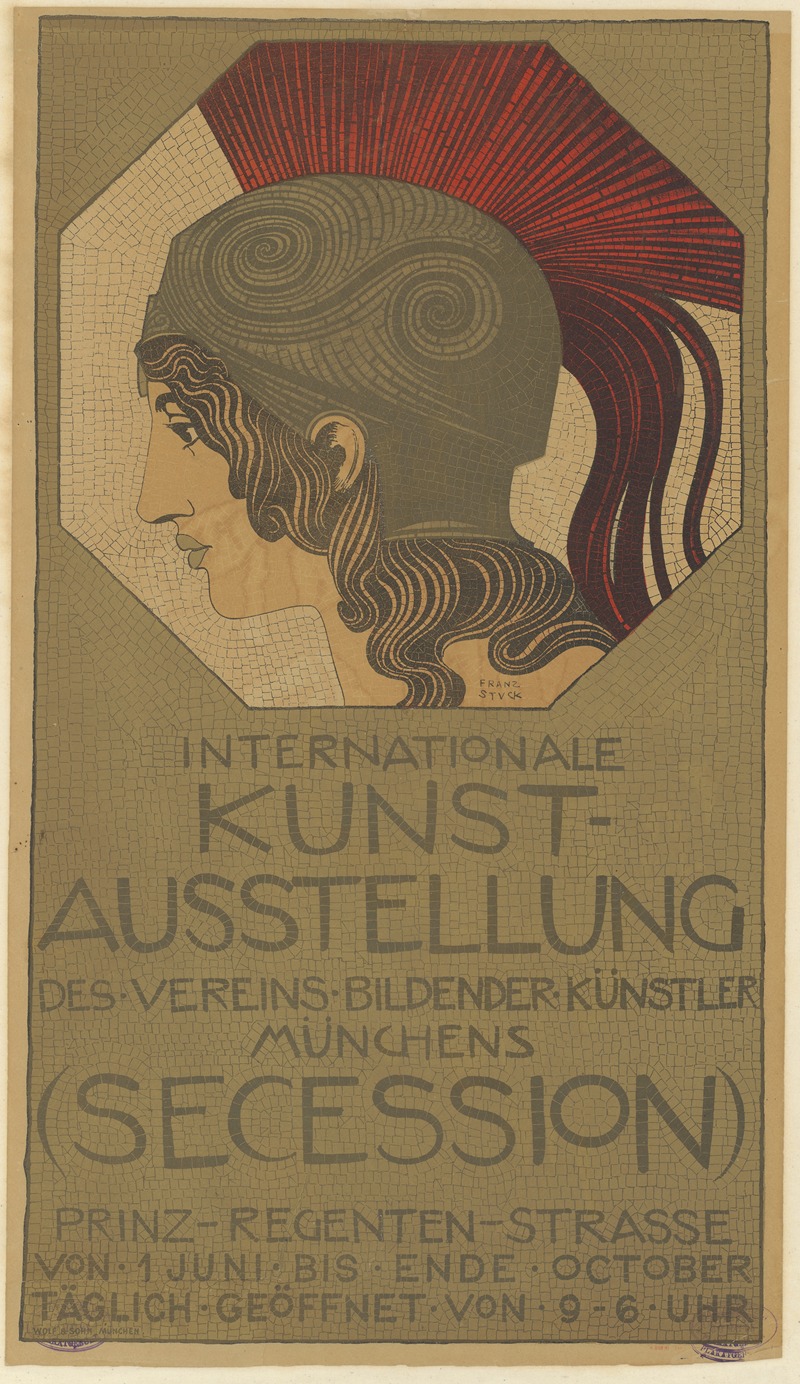
International Kunst-Ausstellung. Münchens . von 1 Juni bis ende October
A hand-painted replica of Franz von Stuck’s masterpiece International Kunst-Ausstellung. Münchens . von 1 Juni bis ende October, meticulously crafted by professional artists to capture the true essence of the original. Each piece is created with museum-quality canvas and rare mineral pigments, carefully painted by experienced artists with delicate brushstrokes and rich, layered colors to perfectly recreate the texture of the original artwork. Unlike machine-printed reproductions, this hand-painted version brings the painting to life, infused with the artist’s emotions and skill in every stroke. Whether for personal collection or home decoration, it instantly elevates the artistic atmosphere of any space.
Franz von Stuck was a prominent German painter, sculptor, and architect, known for his significant contributions to the Symbolist movement in the late 19th and early 20th centuries. Born on February 23, 1863, in Tettenweis, Bavaria, Stuck became a central figure in the Munich art scene. He was one of the founding members of the Munich Secession, an association of artists who sought to break away from the traditional academic art styles of the time.
The "International Kunst-Ausstellung. Münchens. von 1 Juni bis ende October" refers to an international art exhibition held in Munich from June 1st to the end of October. These exhibitions were significant cultural events, showcasing contemporary art from various countries and providing artists with a platform to display their work to an international audience. While specific details about a particular artwork by Franz von Stuck titled "International Kunst-Ausstellung. Münchens. von 1 Juni bis ende October" are not readily available, it is possible that this refers to a catalog or a piece associated with the exhibition itself.
Stuck's work is characterized by its mythological themes, dramatic compositions, and a distinctive use of light and shadow. His paintings often explore themes of sensuality, power, and the supernatural, reflecting the Symbolist interest in the mystical and the allegorical. One of his most famous works, "The Sin" (Die Sünde), exemplifies his style with its bold depiction of a femme fatale figure entwined with a serpent, symbolizing temptation and moral conflict.
In addition to his painting, Stuck was also an accomplished sculptor and architect. His architectural masterpiece, the Villa Stuck in Munich, served as both his residence and studio. The villa is a testament to his artistic vision, combining elements of Art Nouveau and Symbolism in its design and decoration. Today, the Villa Stuck is a museum dedicated to his life and work, preserving his legacy and offering insight into his creative process.
Stuck's influence extended beyond his own work; he was also a respected teacher at the Academy of Fine Arts in Munich. Among his students were notable artists such as Paul Klee and Wassily Kandinsky, who would go on to become influential figures in modern art.
While specific information about the artwork titled "International Kunst-Ausstellung. Münchens. von 1 Juni bis ende October" is limited, Franz von Stuck's contributions to the art world are well-documented and continue to be celebrated for their impact on the development of modern art. His ability to blend classical themes with modern techniques and his role in the Munich Secession highlight his importance as a pioneer of the Symbolist movement.





